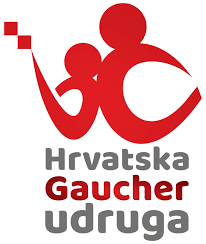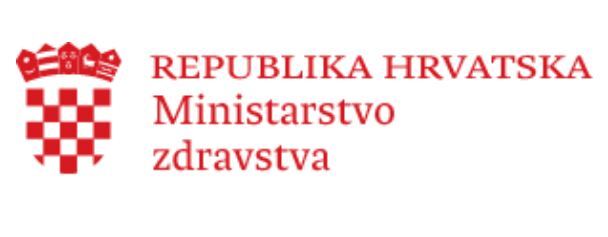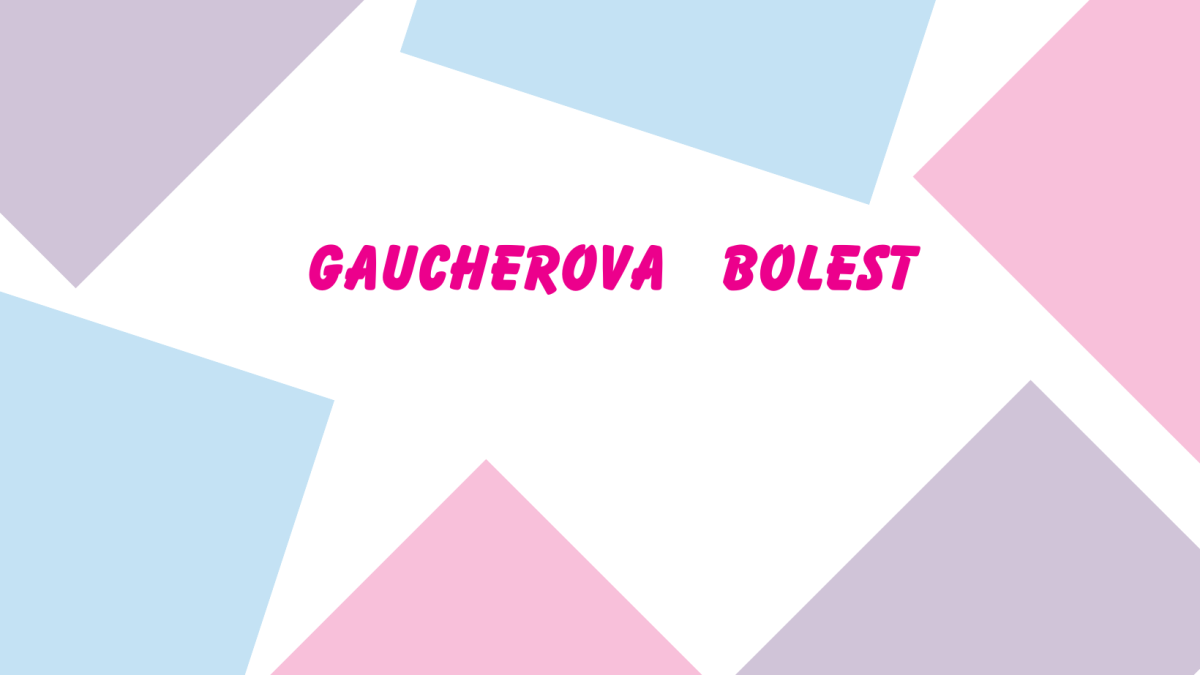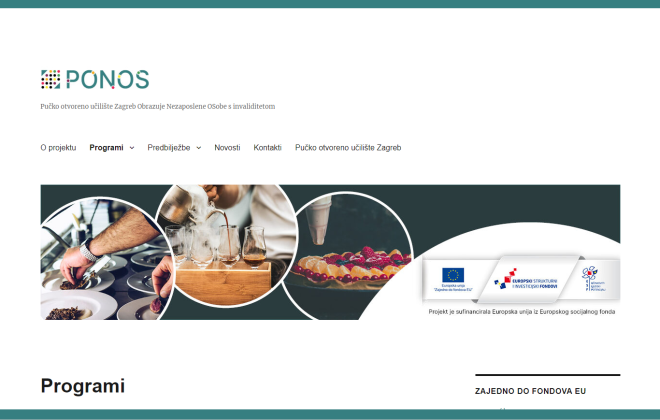International Gaucher Disease Day
Svjetski dan Gaucherove bolesti obilježava se svake godine 1. listopada. Toga dana pacijenti, obitelji, zdravstveni stručnjaci, istraživači, udruge i partneri iz industrije okupljaju se kako bi zajednički podigli svijest o ovoj rijetkoj bolesti diljem svijeta.
In 2025, the International Gaucher Alliance (IGA) is expanding this initiative to span the entire month of October. Under the slogan “Recognize the signs, shorten the diagnostic journey,” the campaign emphasizes the importance of early symptom recognition, reducing the burden of delayed diagnosis, and ensuring better access to treatment. It also calls for advocacy, collaboration, and shared hope within the global Gaucher patient community. The month will conclude by highlighting IGA’s key role in connecting stakeholders and providing support to those affected.

Gaucher disease is a genetic disorder caused by mutations in the GBA gene. The gene product, the enzyme glucocerebrosidase, is either present in very low amounts or is significantly less functional in affected individuals.
Gaucher disease presents with a wide range of clinical manifestations, from an asymptomatic form to a perinatal lethal disorder. It is commonly classified into three types (1, 2, and 3) and two subtypes (perinatal-lethal and cardiovascular).
Gaucher disease type 1 manifests as bone disease, hepatosplenomegaly, anemia, thrombocytopenia, and lung disease, but the central nervous system is not affected.
Gaucher disease types 2 and 3 are characterized by neurological involvement. If symptoms appear before the age of two, with limited psychomotor development and a rapidly progressive course leading to death between the ages of 2 and 4, it is classified as type 2. In type 3, symptoms may also appear before age two, but the disease progression is typically slower, and the life expectancy is significantly longer.
Gaucher disease is one of the rare inherited disorders for which effective treatment exists. Currently, two types of medications have been studied, registered, and are available to Croatian patients:
- Enzyme replacement therapy (ERT): This involves biweekly intravenous infusions of an exogenous enzyme produced via recombinant DNA technology, which replaces the poorly functional endogenous enzyme and enables the breakdown of the substrate that accumulates in the lysosomes of affected cells. In Croatia, two enzyme preparations are available: imiglucerase (Cerezyme®) and velaglucerase alfa (VPRIV®). This treatment is lifelong and extremely expensive.
- Substrate reduction therapy (SRT): Taken orally in capsule form (once or twice daily), this therapy inhibits the enzyme glucosylceramide synthase, thereby reducing the production of the substrate, which the remaining mutated glucocerebrosidase enzyme can then degrade. In Croatia, eliglustat (Cerdelga®) is registered. It is also a lifelong treatment and very costly.

Croatian Association of People with Gaucher Disease
The aim of the Association is to promote awareness and knowledge about Gaucher disease and to improve the quality of life for individuals living with Gaucher disease. The members of the Association include people affected by Gaucher disease and their family members.
Headquarters: Branka Radičevića 3, 31000 Osijek, Croatia
Email: gaucherhrvatska@gmail.com gaucherhrvatska@gmail.com
Facebook: https://www.facebook.com/HrvatskaGaucherUdruga
This content was created with the financial support of the Ministry of Health. The content of this document is the sole responsibility of the Croatian Alliance for Rare Diseases and under no circumstances can it be considered as reflecting the views of the Ministry of Health.



